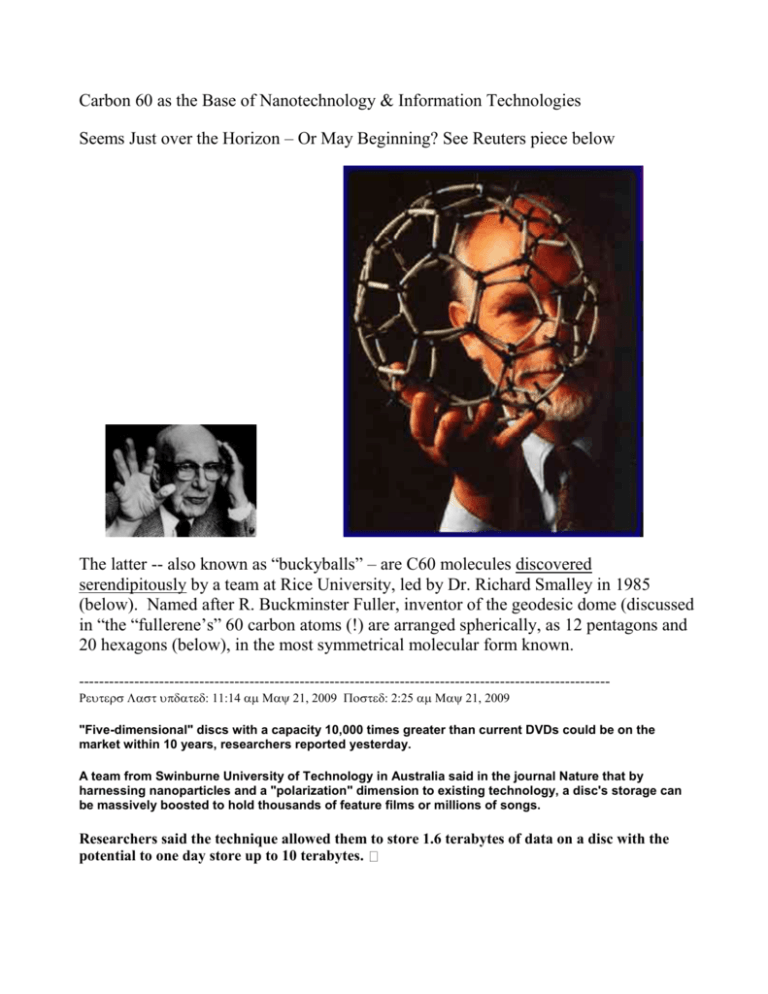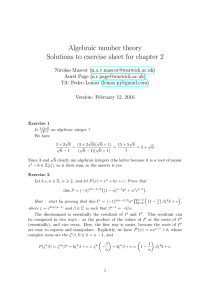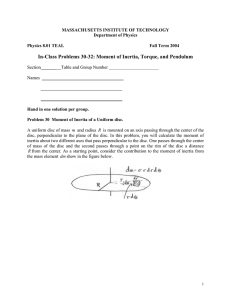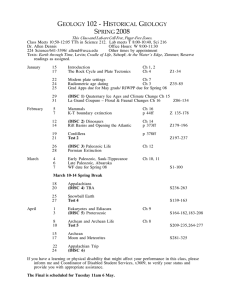Carbon 60 as the Base of Nanotechnology & Information Technologies
advertisement

Carbon 60 as the Base of Nanotechnology & Information Technologies Seems Just over the Horizon – Or May Beginning? See Reuters piece below The latter -- also known as “buckyballs” – are C60 molecules discovered serendipitously by a team at Rice University, led by Dr. Richard Smalley in 1985 (below). Named after R. Buckminster Fuller, inventor of the geodesic dome (discussed in “the “fullerene’s” 60 carbon atoms (!) are arranged spherically, as 12 pentagons and 20 hexagons (below), in the most symmetrical molecular form known. --------------------------------------------------------------------------------------------------------- "Five-dimensional" discs with a capacity 10,000 times greater than current DVDs could be on the market within 10 years, researchers reported yesterday. A team from Swinburne University of Technology in Australia said in the journal Nature that by harnessing nanoparticles and a "polarization" dimension to existing technology, a disc's storage can be massively boosted to hold thousands of feature films or millions of songs. Researchers said the technique allowed them to store 1.6 terabytes of data on a disc with the potential to one day store up to 10 terabytes.





















